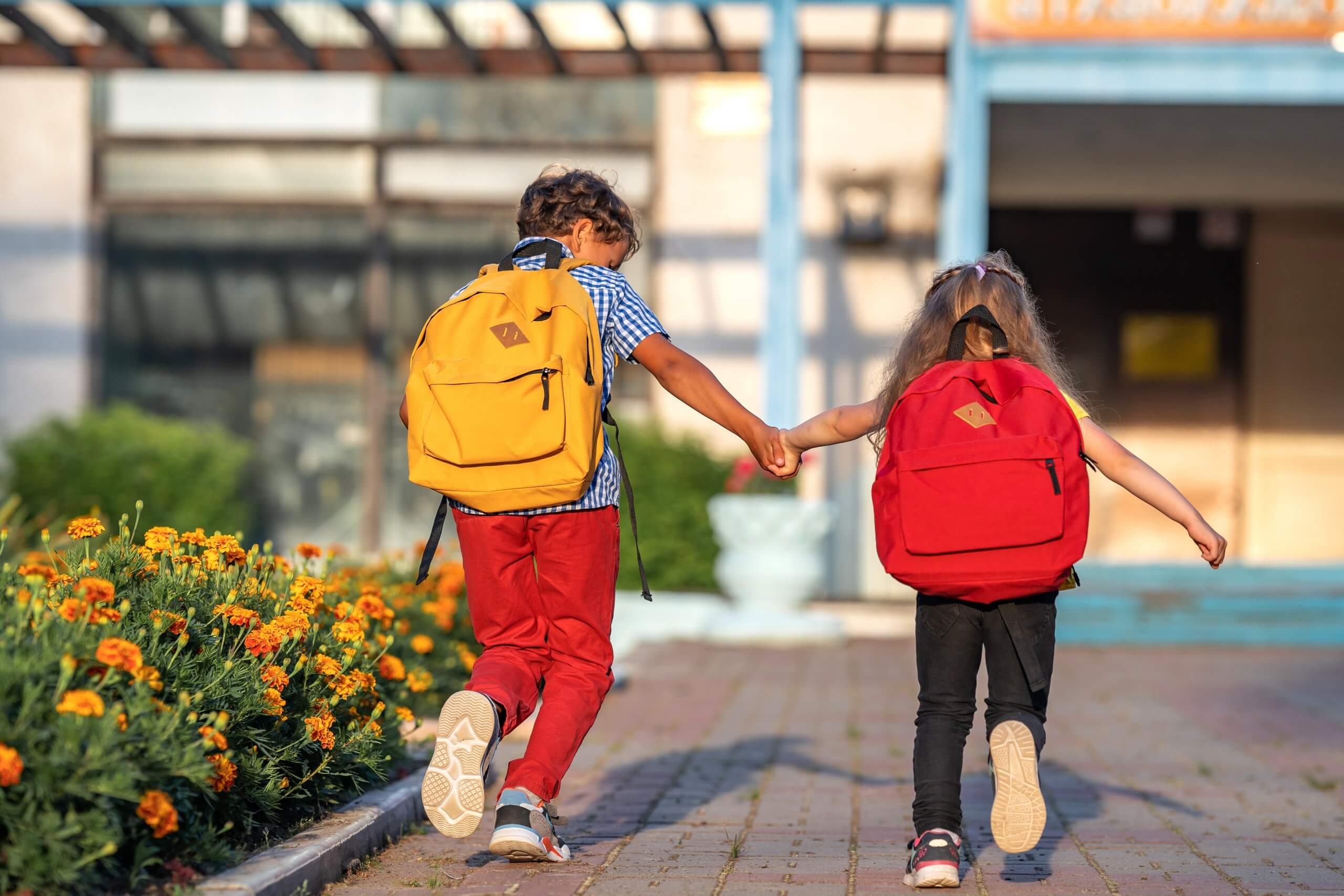November 25, 2025
10 Tips to Transition Kids with Autism Back to In-Person School
FEATURED POSTS
November 7, 2025
October 28, 2025
by Michelle Mannella, M.Ed., BCBA, LBA
Behavior Analyst, LEARN/SPARKS
Wow, it’s finally here! Some of us thought this moment would never arrive. But it’s time to send our kids back to school in-person or maybe for the first time at all. In the midst of a pandemic-frenzied world, returning to school can feel scary, difficult, and exciting for both children and parents alike.
With the emotions that come with such a milestone, it’s important to think about how to prepare for this, especially when sending a child with autism to school. Many children have been at home with their families for 18 months—or longer. This transition may be unfamiliar and uncomfortable.
“It takes a village” is a concept that could not be more accurate for a situation like this. As a board-certified behavior analyst (BCBA) with many years of special education experience, that’s where I can step in with advice. Here, I offer 10 tips that you can start doing now to make the transition less stressful and more enjoyable for everyone:
-
Prepare your child.
Take time to talk to your child about the changes soon happening. Explain that there will be other children around, new faces, and a new environment.
-
Start a routine now.
Begin waking up your child at the time they would need to get up for school. Eat breakfast and lunch at regularly scheduled times, and set designated times for your activities. If necessary, use a visual schedule to help your child better understand what to expect.
-
Visit the school.
When I was a special education teacher, we invited families on individual tours of the school to make the start of school less overwhelming. Call your school and arrange to visit. During your visit, familiarize your child with important areas, such as the nurse’s office, bathrooms, cafeteria, classrooms, gymnasium, the playground, and the principal’s office.
If you are unable to visit the school, look at and talk through pictures online with your child. Also ask your child’s teacher to take pictures of different areas of the school, and go over those areas with your child. Explain what happens in each part. For example, show a picture of the cafeteria and explain that students eat lunch there.
-
Have your child meet the teacher.
Ask if your child’s teacher can Zoom with you and your child, or even meet in person to put your child at ease. This way, your child’s teacher is not a brand-new face on the first day of school.
-
Talk to the teacher yourself.
Meet with your child’s teacher before school starts to address any concerns. You can give the teacher tools and tricks about effectively working with your child—this helps more than you might realize. After all, who knows your child better than you, right?
-
Plan a play date.
Depending on your level of comfort with other families, reach out to parents who have children in the same class to see if they’d like to have a play date. This would allow your child to recognize some familiar faces on the first day. If your school offers any social events before or soon after the start of the school year, make sure you attend—and use it as a chance to meet other families.
-
Check on your child’s learning accommodations.
When speaking to your child’s teacher and staff, make sure your child’s agreed-upon accommodations are in place. More than likely, you have already signed an IEP or a 504 plan, but the beginning of the school year can be overwhelming for everyone, and sometimes things can slip through the cracks. Don’t assume everything is understood and in place—double-check.
-
Practice the transportation routine.
It can help to practice going on the school bus or following your child’s transportation plan. The first day of school can feel stressful, so the more familiar your child is with their routine, the better. You can also provide their driver with any important information about your child’s needs or challenges. Try to do this on the first day of school—or if possible, before.
-
Attend a school open house.
If your school has an open house or other welcome events, take your child to introduce them to the new environment, meet teachers and staff, and start the process of making new friends.
-
Start a communication log with staff.
Before school begins, decide what type of communication and the frequency of communication you want with your child’s teacher. A communication log may be a good method of keeping in touch with your child’s teacher on a daily basis and making you feel comfortable as your child goes back to school.
As the school year approaches, these steps can help you get ready—and most importantly, enable your child embark on a successful year of learning, growth, and fun.
For more back-to-school tips for parents of kids with ASD, read “Five Steps to Help Your Child with Autism Make Friends.”






